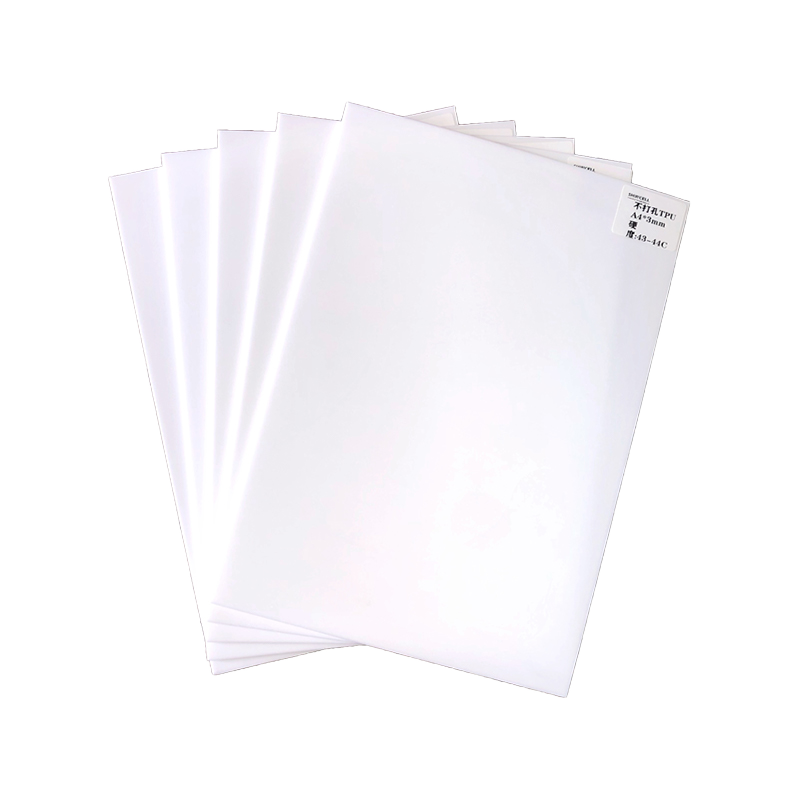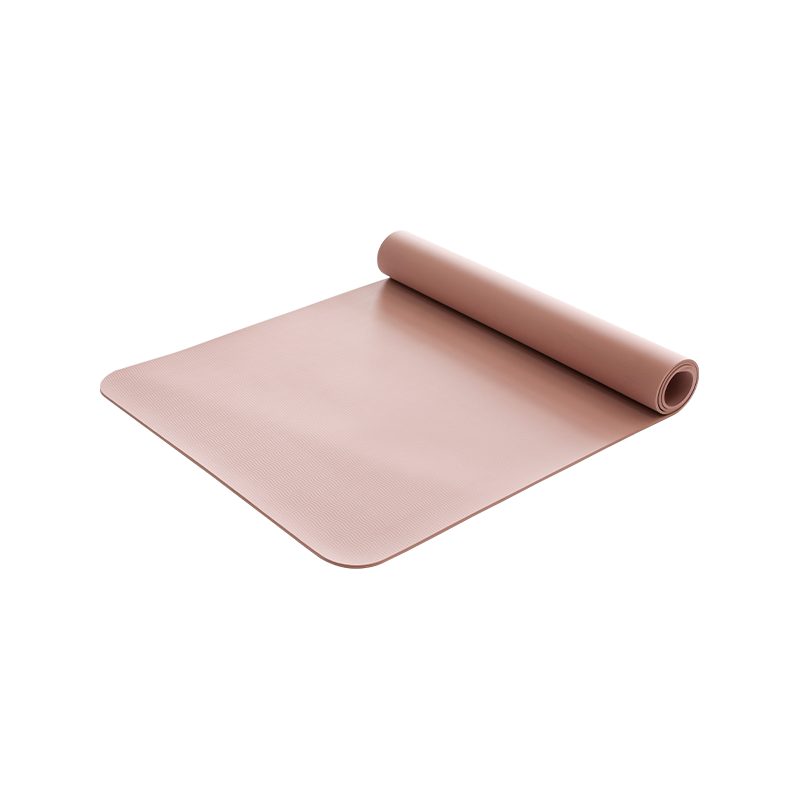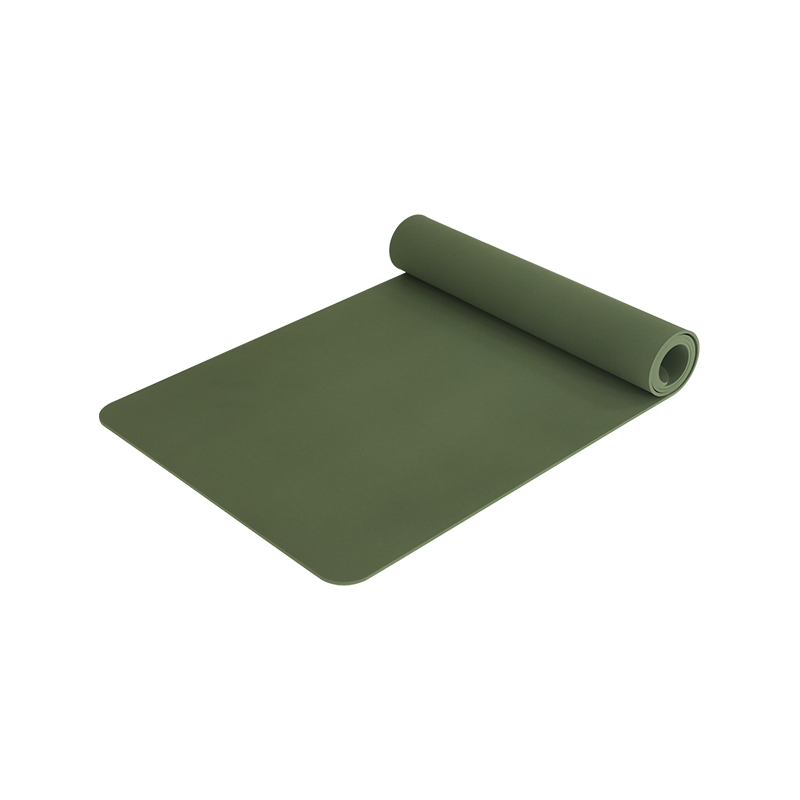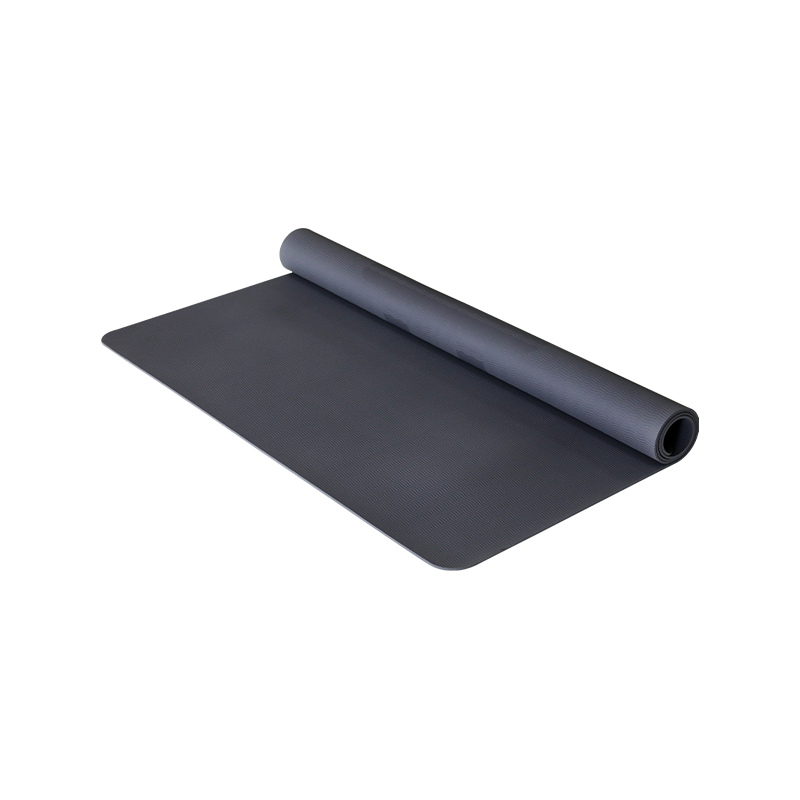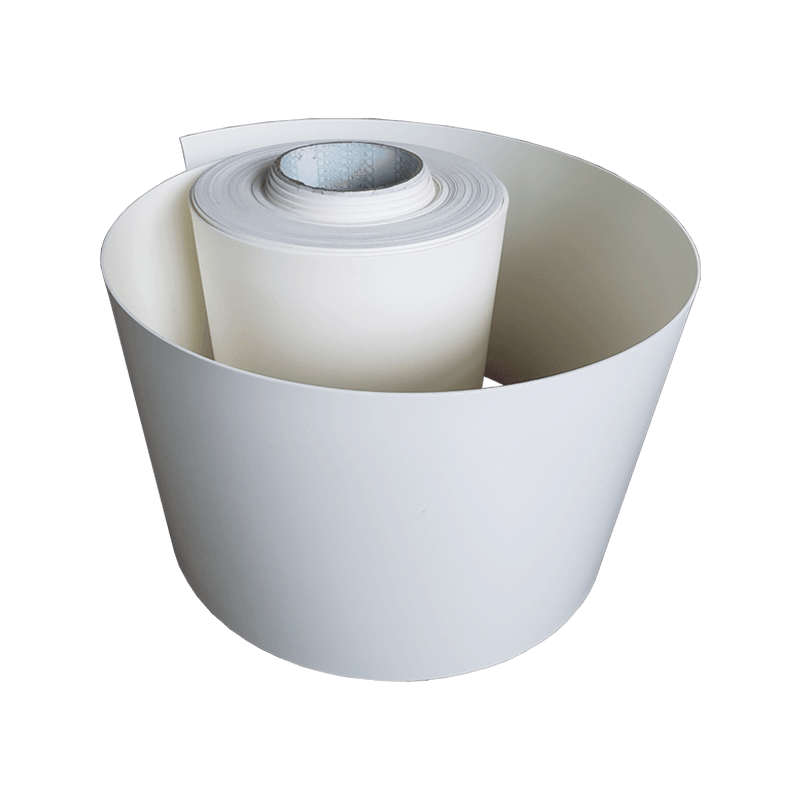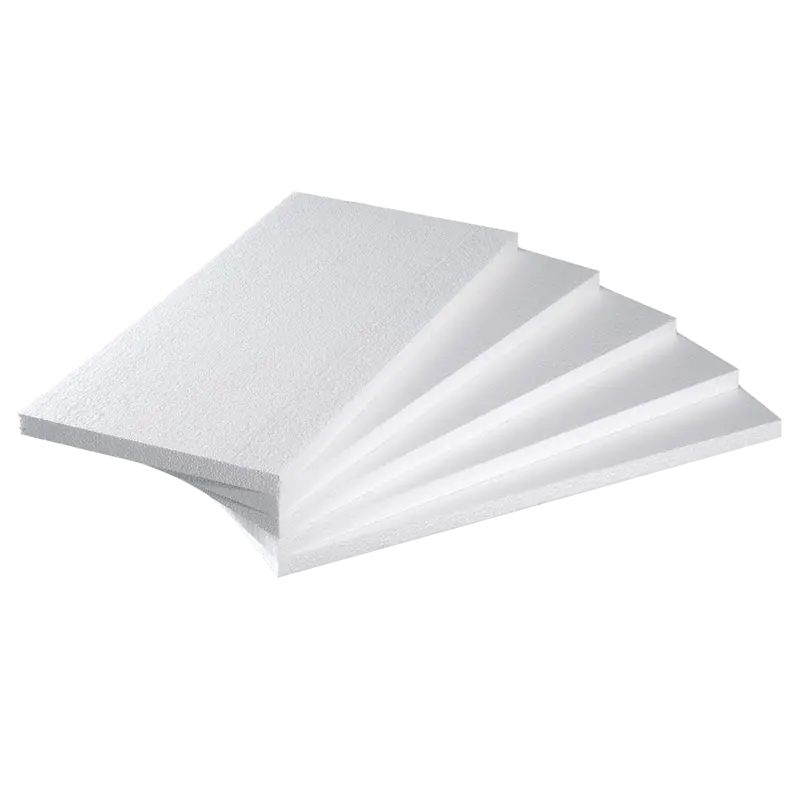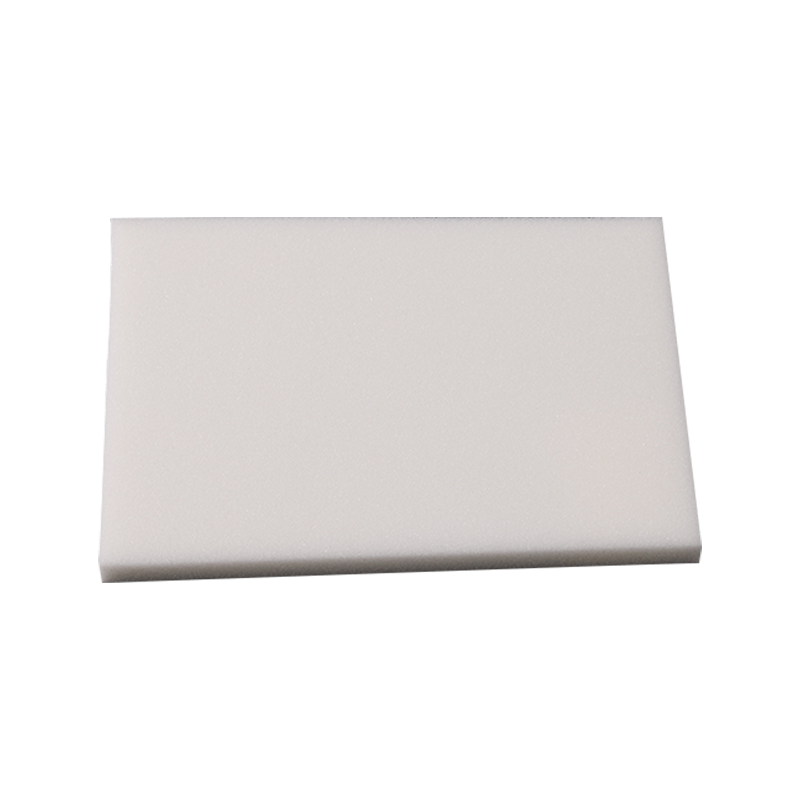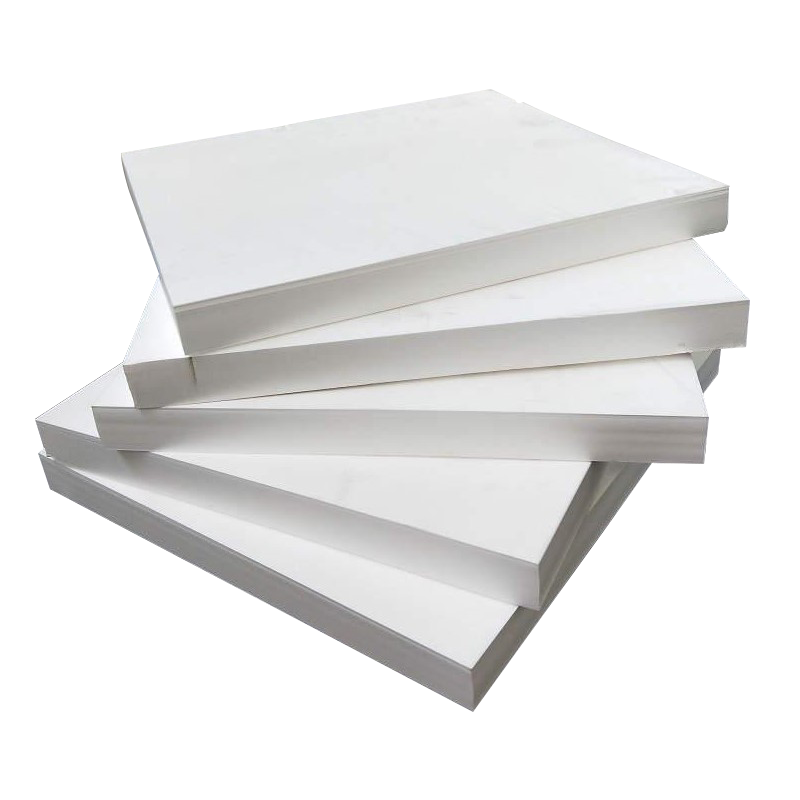Home / News / Exploring the Excellent Compression Set Resistance of M-TPU Foam
Introduction: The Critical Role of Longevity in Cellular Materials
In the world of engineered polymer foams, performance is often measured by a balance of initial properties—softness, weight, and flexibility. However, the true test of a material’s value, especially in demanding applications, is its long-term reliability. A foam may feel perfect upon installation, but if it permanently flattens, loses its sealing force, or fails to rebound after prolonged stress, the entire system it supports can be compromised. This is where the property of compression set resistance becomes paramount. It is the key metric that separates short-term cushioning from long-term performance. Among the various advanced materials available, the m-tpu foam sheet has distinguished itself as a leader in this critical characteristic.
Defining Compression Set and Its Industrial Significance
Compression set is a standardized measurement that quantifies a material’s permanent deformation after being subjected to a constant compressive stress for a defined period at a specific temperature. In simpler terms, it measures how much a foam does not spring back to its original thickness after being squashed. A low percentage indicates good recovery (e.g., a 10% compression set means the foam retained 90% of its original height), while a high percentage signifies poor recovery and permanent damage to the cellular structure.
The industrial significance of this property cannot be overstated. In gaskets and seals, a high compression set leads to leak paths, loss of environmental protection, and system failure. For vibration damping pads, it results in reduced isolation efficiency and potential damage to sensitive equipment. In protective padding and footwear, it causes bottoming-out, loss of comfort, and diminished impact protection. Therefore, specifying a material with low compression set is not merely an optimization; it is often a fundamental requirement for product integrity, safety, and lifespan. This is a primary reason why the m-tpu foam sheet is increasingly specified over alternative materials, as it addresses this failure mode directly and effectively.
The Inherent Material Science of M-TPU: A Foundation for Recovery
The outstanding compression set performance of an m-tpu foam sheet is not an accidental trait but is rooted in its fundamental chemical and physical structure. The “TPU” in its name stands for Thermoplastic Polyurethane, a class of polymers known for their remarkable toughness and elasticity. These properties stem from a microphase-separated structure, where hard segments provide structural integrity and soft segments impart flexibility and elongation. This creates a molecular architecture that is inherently resistant to permanent creep and deformation.
Furthermore, the “M” denotes a melt-blown manufacturing process. This technique produces a web of extremely fine, long, and interconnected filaments that are fused together to form the foam sheet. This results in a uniform, isotropic cell structure with a high degree of consistency. Unlike foams that can have large, irregular voids, the fine and consistent cell structure of a m-tpu foam sheet distributes compressive loads evenly across its entire volume. This prevents localized stress concentrations that can lead to cell wall collapse and permanent set. The combination of the resilient TPU polymer chemistry and the robust, fine-celled melt-blown physical structure creates a synergistic effect, establishing a foundational resistance to permanent deformation that is superior to many common elastomeric foams.
A Comparative Analysis: M-TPU Foam Sheet Versus Common Alternatives
To fully appreciate the performance of m-tpu foam sheet, it is helpful to place it in the context of other widely used polymer foams. The following table provides a qualitative comparison based on key performance metrics, with a specific focus on compression set resistance.
| Material | Compression Set Resistance | Durability / Abrasion Resistance | Chemical / Oil Resistance | Flexibility at Low Temperatures |
|---|---|---|---|---|
| M-TPU Foam Sheet | Excellent | Excellent | Excellent | Excellent |
| Cross-Linked Polyethylene (PE) | Fair to Good | Good | Poor | Poor |
| Ethylene-Vinyl Acetate (EVA) | Fair | Fair | Poor | Fair |
| Polyvinyl Chloride (PVC) Foam | Good | Good | Good | Poor to Fair |
| Open-Cell Polyurethane (PU) Foam | Poor to Fair | Poor | Poor | Good |
As the table illustrates, m-tpu foam sheet occupies a unique position by offering a combination of top-tier properties. While other materials may perform adequately in one or two categories, they often fall short in compression set and environmental resistance. For instance, many open-cell polyurethane foams may feel soft initially but exhibit high compression set, leading to a rapid loss of support. Similarly, EVA and PE foams can be susceptible to creep and perform poorly in the presence of oils and fuels. The m-tpu foam sheet provides a comprehensive solution, ensuring that its compression set resistance is maintained even when challenged by harsh operating conditions, a critical consideration for buyers in industries like automotive manufacturing and industrial machinery.
Key Performance Factors Influencing Compression Set in M-TPU Foam
While the inherent properties of m-tpu foam sheet are excellent, its performance in a specific application can be influenced by several key factors. Understanding these allows for better material selection and design.
Density and Cell Structure: Density is a primary indicator of performance. Generally, a higher-density m-tpu foam sheet will exhibit a lower compression set. This is because a greater mass of polymer per unit volume translates to thicker cell walls and a more robust matrix that can resist collapse and plastic deformation. The fine, consistent cell structure achieved through the melt-blown process ensures that this density is uniformly distributed, avoiding weak points.
Temperature Exposure: The service temperature is a critical variable. Like all polymers, TPU’s properties are temperature-dependent. An m-tpu foam sheet is typically rated for continuous use across a wide temperature range, often from -40°C to over 100°C. Its compression set resistance remains stable across this range, a significant advantage over materials like PVC, which can become brittle when cold, or PE, which can soften excessively when hot. For high-temperature gaskets, this thermal stability is non-negotiable.
Load and Duration of Compression: The magnitude of the applied load and the length of time it is applied are direct factors. While m-tpu foam sheet is designed for long-term static loads, all materials will exhibit some degree of creep over an indefinite period. Engineering standards (such as ASTM D395) test compression set under specific conditions (e.g., 22 hours at 70°C) to provide a comparable benchmark. The material’s formulation can be tailored to optimize performance for a given load and duration expectation.
Environmental Resistance: The ability to maintain properties when exposed to environmental stressors is a hallmark of a high-performance material. The m-tpu foam sheet is renowned for its resistance to oils, greases, many solvents, and UV radiation. This environmental resilience means that the polymer chains are not broken down or plasticized by exposure to these elements, which would otherwise lead to a drastic increase in compression set. This makes it ideal for applications in marine environments, outdoor equipment, and automotive under-hood components.
Practical Applications Leveraging Superior Compression Set Resistance
The theoretical advantages of m-tpu foam sheet are realized in a diverse array of practical applications where long-term performance under compression is critical.
In the realm of sealing and gasketing, the material is used in enclosure seals for electronic control units, lighting assemblies, and environmental housings in the automotive and aerospace sectors. Here, the low compression set ensures a consistent seal against moisture and dust for the lifetime of the product, preventing costly failures. Similarly, in industrial machinery, gaskets made from m-tpu foam sheet maintain their sealing force on access panels and fluid reservoirs, even after repeated compression cycles.
The footwear and sports equipment industries leverage this property for midsoles, insoles, and protective padding. A midsole that maintains its rebound and cushioning over thousands of steps provides lasting comfort and performance, a key consumer demand. In protective gear for sports like skiing or motocross, padding made from m-tpu foam sheet continues to absorb impact energy effectively, without packing down and losing its protective qualities.
Another significant application is in vibration isolation and damping. Mounts for motors, compressors, and sensitive laboratory equipment require a material that will not “take a set” and alter its dynamic stiffness over time. The stable performance of m-tpu foam sheet ensures consistent vibration isolation, protecting equipment from damage and reducing noise. This is equally important in the consumer electronics industry for damping components within devices.
Finally, its use in laminated composites and apparel is growing. When laminated to textiles, an m-tpu foam sheet provides durable, breathable, and water-resistant cushioning for technical apparel, backpack straps, and workwear. The compression set resistance ensures the laminated composite does not delaminate or become stiff and uncomfortable with repeated use and washing.
Selection and Specification Guidance for Buyers and Designers
For wholesalers and buyers looking to specify or supply m-tpu foam sheet, a clear understanding of the specification parameters is essential to meet application needs effectively.
First, it is crucial to request and review standardized test data from the manufacturer. The most relevant standard for compression set is ASTM D395, Method B (constant deflection). The data should specify the testing conditions, such as temperature, time, and deflection percentage. A high-quality m-tpu foam sheet will typically demonstrate compression set values of 15% or lower under standard test conditions, significantly outperforming many alternatives.
Beyond compression set, a holistic specification sheet should be consulted. This includes density (often measured in kg/m³ or lb/ft³), hardness (often measured on the Asker C or Shore A scale), tensile strength, tear strength, and operating temperature range. The material’s performance in resistance to specific fluids, such as automotive fluids or industrial chemicals, should also be verified if relevant to the end-use environment.
Furthermore, the physical form of the m-tpu foam sheet is a key consideration. It is available in various roll and sheet dimensions, thicknesses, and can often be supplied with adhesive backings for ease of assembly. For buyers, understanding the availability of these forms and any potential for custom die-cutting or fabrication can add significant value for their customers. The goal is to match the material’s proven performance characteristics with the specific mechanical, environmental, and processing requirements of the target application.


 English
English
 Español
Español

 ++86-0512-66079229
++86-0512-66079229
